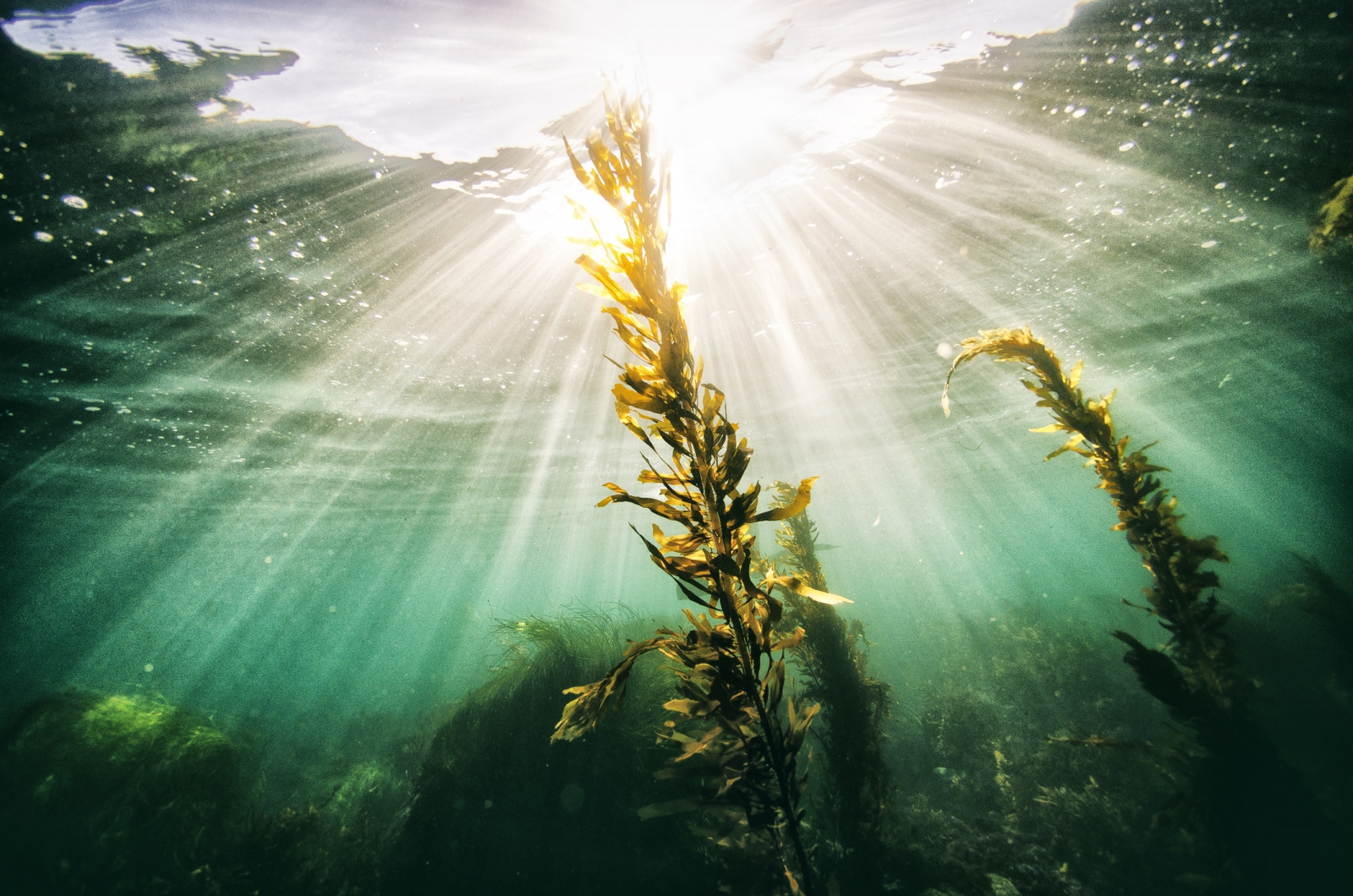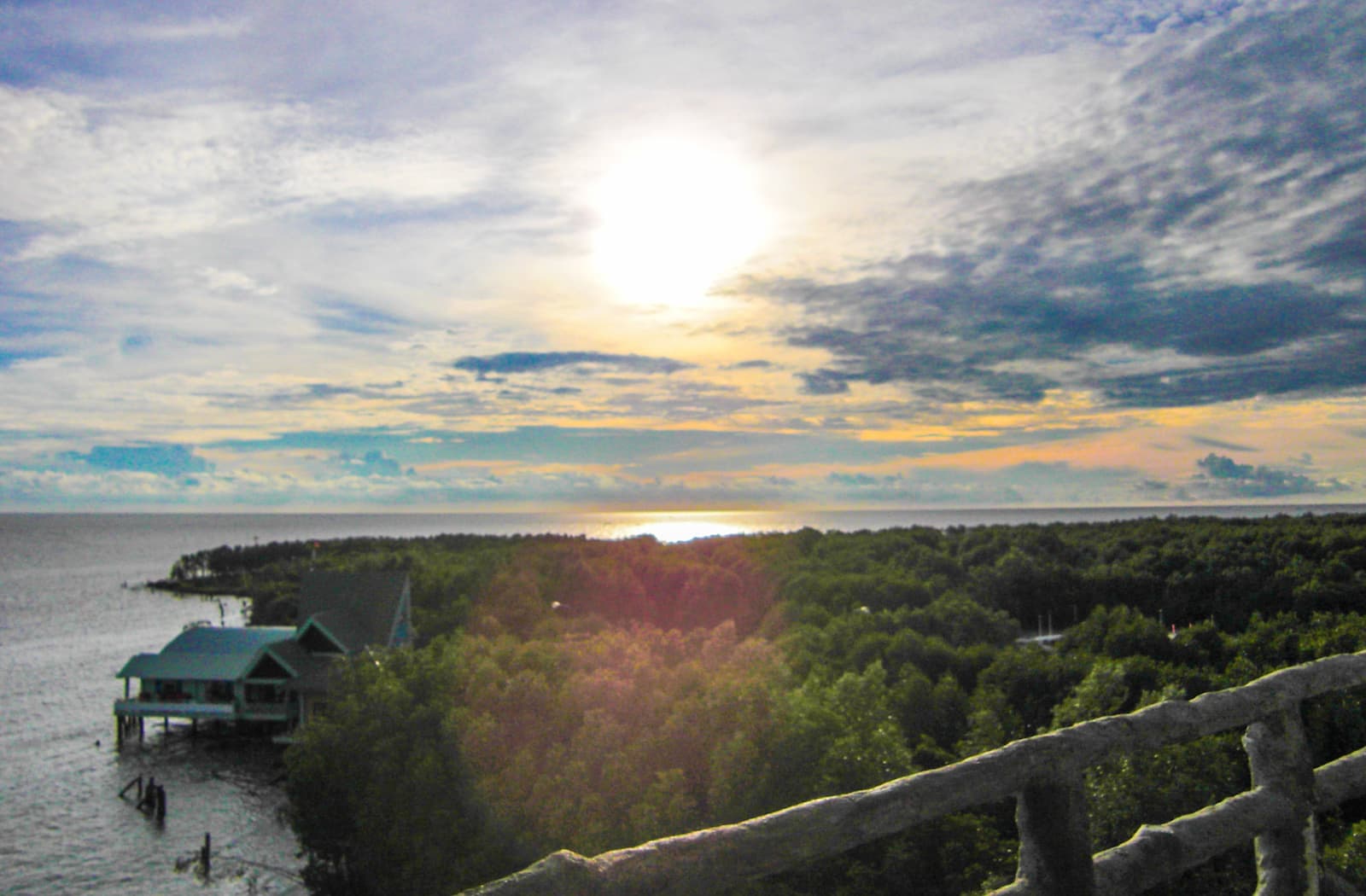
Large seaweeds can absorb carbon dioxide 20 times than forests.(Photo: iStock)
In natural carbon sinks, in addition to the often-discussed green carbon from forests, blue carbon, primarily from marine ecosystems, is gradually gaining attention. Notably, some blue carbon sources have superior carbon sequestration capabilities compared to green carbon, making them the new favorites in the carbon credit market.
With a coastline extending over 3,000 kilometers, Vietnam, blessed with a unique geographical environment, is actively exploring new opportunities in blue carbon.
Seaweed’s potential in Vietnam’s carbon credit market
Seaweed, a type of blue carbon, has great potential in Vietnam. According to a report from the Aquaculture Department of the Ministry of Agriculture and Rural Development, Vietnam has a potential seaweed farming area of up to 1 million hectares, capable of producing 600,000 to 700,000 tons of dried seaweed annually. Currently, however, production stands at only 150,000 tons, indicating significant room for growth.
In terms of carbon sequestration, seaweed can absorb carbon dioxide at an efficiency 2 to 5 times greater than forests, with some large seaweed species reaching up to 20 times. Therefore, expanding seaweed farming could create substantial carbon storage capacity, prompting NGOs in Vietnam to seek partnerships with businesses to help aquaculture industries increase their income through blue carbon credits.
Dinh Xuan Lap, Deputy Director of the International Collaboration Centre for Aquaculture and Fisheries Sustainability (ICAFIS), noted that the Blue Ocean-Blue Foods initiative aims to scale up seaweed farming to mitigate the impacts of climate change while improving the marine environment and fishermen’s livelihoods.
The Vietnamese agricultural sector has recognized seaweed as a green resource, with relatively low investment costs, which not only absorbs atmospheric carbon dioxide but also provides farmers with a lucrative income source.
Vietnam's largest mangrove area in Ca Mau
Mangroves are also a major type of blue carbon. According to statistics from the Ministry of Agriculture and Rural Development, mangroves are distributed across 28 coastal provinces and cities. The southern, northeastern, and Red River delta regions covers 97% of Vietnam’s mangrove area.
One notable region is Ca Mau Province in the southernmost part of Vietnam, home to nearly 55,000 hectares of mangroves, making it one of the largest mangrove areas in the world, with an estimated carbon storage capacity of 12.7 million tons. In this province, the Ca Mau Cape National Park has received corporate support to initiate a mangrove restoration project.
Vinamilk, Vietnam's first dairy company to commit to net-zero emissions by 2050, has partnered with the Gaia Nature Conservation Centre to reforest in Ca Mau Cape National Park since August of last year. It is projected that within six years, at least 100,000 mangrove seedlings will be planted, which could sequester between 17,000 to 20,000 tons of carbon dioxide over 25 hectares.

Ca Mau Cape National Park, home to vast mangrove forests, has been selected by Vinamilk for its project. (Photo: Wikimedia Commons)
Economic value of mangroves in Vietnam
The overall economic value of Vietnam's mangroves is estimated to reach $7.083 million annually, according to estimates from the Institute for Strategy and Policy on Natural Resources and Environment (ISPONRE) and asset management firm Dragon Capital Vietfund Management (DCVFM). This includes the indirect value of carbon sequestration, estimated at about $3.018 million.
With Vietnam's implementation of the Payment for Forest Environmental Services (PFES), large carbon emitters are required to pay for carbon sequestration services, including those from mangroves. The government plans to redistribute this revenue for the direct use value of mangroves, anticipating a significant increase in income in the future.
From a regulatory perspective, to protect coastal mangroves, the Vietnamese government approved a green plan in 2021 aimed at sustainably managing, protecting, and utilizing existing and newly established coastal forests. The goal is to increase tree planting by 20,000 hectares and restore 150,000 hectares of existing forests by the end of 2030.
Source: Vietnam+(1)、(2)



